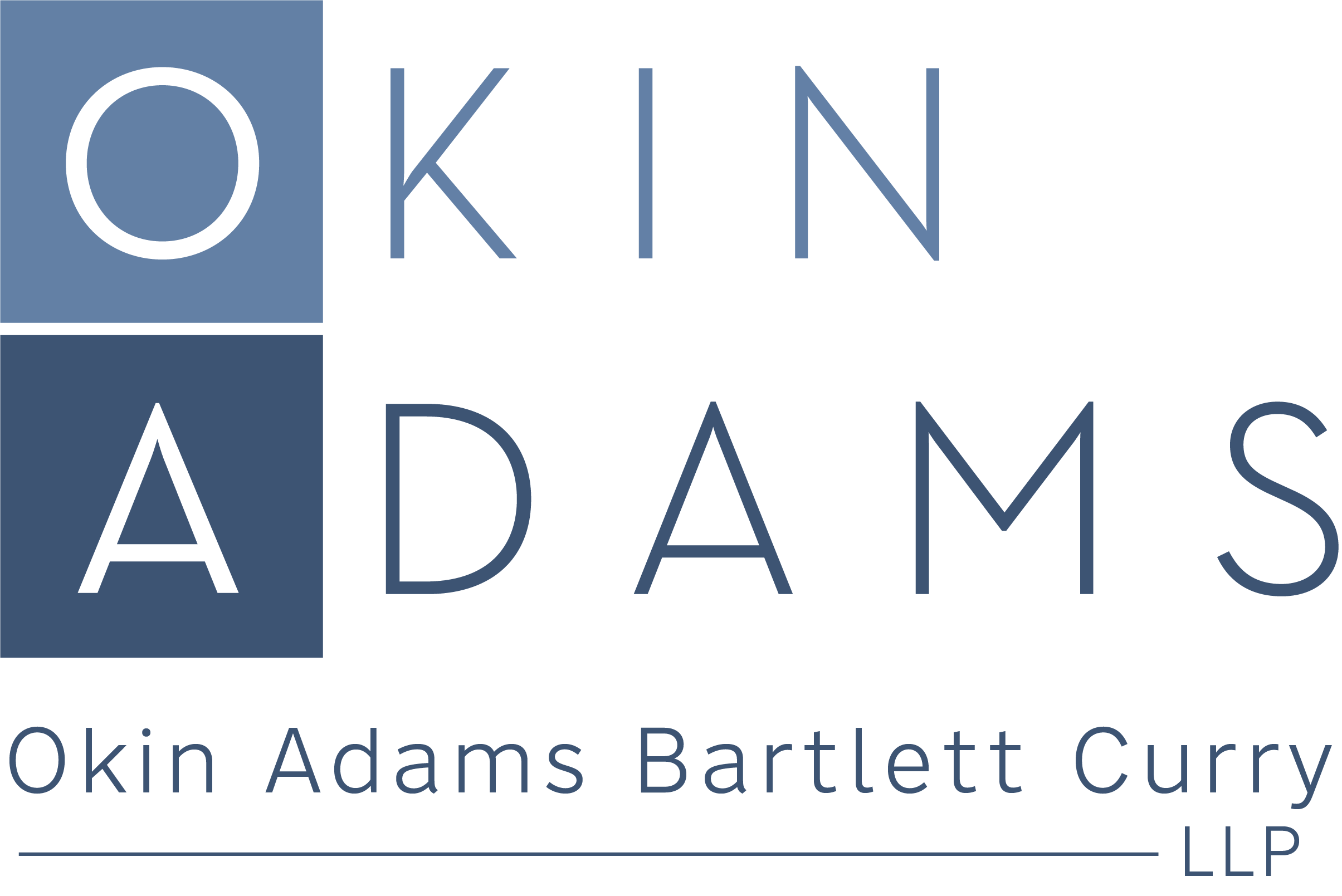News
The Fifth Circuit Further Clarifies When Claims Belong to a Creditor Instead of the Bankruptcy Estate

A. Introduction
At the commencement of a bankruptcy case, the debtor’s legal interests become a part of the bankruptcy estate pursuant to section 541 of the Bankruptcy Code. 11 U.S.C. § 541. Causes of action that belong to the bankruptcy estate may only be pursued by the trustee so that any recovery may be split equitably among the debtor’s creditors. Where a third party’s conduct harms both a debtor and a creditor, determining whether the cause of action belongs to the bankruptcy estate or a creditor “is a recurring issue in bankruptcy law.” In re Buccaneer Resources LLC, 912 F.3d 291, 293 (5th Cir. 2019). A creditor may only bring a direct claim, i.e., one in which the creditor is directly injured by the third party’s conduct. If the creditor’s claim is derived from an injury to the debtor, the claim is derivative and belongs to the bankruptcy estate. Buccaneer, a recent decision from the Fifth Circuit, further clarifies when a claim is direct versus derivative, specifically in the context of when the debtor and the third party are both potential defendants in an action brought by the creditor.
B. When a Claim Belongs to the Bankruptcy Estate
In Buccaneer, the debtor (Buccaneer Resources LLC) fired its CEO shortly before it filed for chapter 11. In the chapter 11 case, the debtor released all claims it held against its primary creditor (“the third party”) in exchange for $10 million. Id. at 293. The former CEO contended that he was fired as a result of pressure from the third party and filed a claim against the third party in state court for tortious interference with contract. Id. The third party removed the CEO’s claim to bankruptcy court, arguing that the claim was derivative and belonged to the bankruptcy estate, and was therefore released by the settlement with the debtor. Id. The bankruptcy court mostly disagreed, concluding that the tortious interference claim belonged to the former CEO and thus should be litigated in state court. Id. An appeal followed.
On appeal, the Fifth Circuit outlined three scenarios regarding direct and derivative claims:
i. when the creditor is harmed, and the debtor is not;
ii. when both the debtor and creditor are harmed, but the creditor’s harm comes about only because of the harm to the debtor; and
iii. when the debtor and creditor are both harmed, but the creditor’s harm is independent of the debtor’s harm.
Id. at 293-94.
Under scenario one, only the creditor is harmed; the claim is direct, and the creditor may bring it. The typical example involves claims for fraudulent misrepresentation where creditors have relied on third-party estimates which cause the creditor to make an investment in a debtor that they otherwise would not have made. Here, the creditor is harmed by the investment, but the debtor benefits. The creditor has a direct claim against the third party who provided the estimates. Id.
Under scenario two, the debtor and creditor are both harmed, but because the creditor’s harm stems from the harm to the debtor, such claim is derivative and only the trustee may bring the claim. For example, “[w]hen third parties lured a debtor into transferring them oil and gas assets, they eliminated the creditors’ hopes of recovering a portion of the value of those assets. . . The creditors’ injury (reduced bankruptcy recovery) derived from injury to the debtor (the loss of estate assets), so only the estate could sue the third parties.” Id. at 294 (citing In re Lothian Oil, Inc., 531 F. App’x 428, 439-40 (5th Cir. 2013)).
Under scenario three, again, both the creditor and debtor are harmed, but the creditor’s harm is independent of the debtor’s harm, and the debtor and creditor may have separate claims arising from the same conduct. Buccaneer involved this third scenario: the harm to the former CEO arose from the improper termination of employment without payment of a contractually-required severance and did not stem from any injury to the debtor. The debtor may have also been harmed by the third party (for instance, through improper control of its board), but the Fifth Circuit held that such claim was separate from that of the former CEO. Id. at 294-95. Therefore, the former CEO was free to bring his tortious interference claim against the third party, but the claim belonged in state court rather than bankruptcy court.
C. Conclusion
A creditor may pursue a cause of action where the creditor is harmed independently of any harm to the debtor. As the Fifth Circuit explained in Buccaneer, one should look to the nature of the injury for which the claimant is seeking compensation: “as long as the injury a creditor is pursuing against a third party does not stem from the depletion of estate assets, the injury is a direct one that does not belong to the estate.” Id. at 294.

